Norwegian documentaries / Norway
Keep it reel
While newspapers and broadcasters pull the plug on budgets for investigative journalism and documentary, Monocle meets Norway’s documentary filmmakers leading the charge to protect films that ask, answer and entertain.
An elderly choir of Norwegian fishermen setting off to tour Russia in Cool and Crazy. A 67-year-old German psychotherapist so fed up with material society she’s opted out of it in Living Without Money. And the plight of an American-Muslim family and their struggle to fight terrorism charges levelled by the US Government in USA vs Al-Arian. They’re all documentaries originating from Norway – a country where a documentary can sometimes command 40 per cent of the TV audience share, box-office attendees of up to 70,000 (impressive in Norway, even for the new Harry Potter) and where the number of successful documentary makers on the international film circuit belies a population of just 4.8 million. Other recent home-grown documentary productions include Pining For the Fjords, a controversial look at the Norwegian food production industry; Board Control, which followed the evolution of Norwegian skateboard culture (a pastime that was illegal in the country between 1978 and 1989), and Mr Mustache, an anthropological study of, well, men with moustaches. So why Norway? And why documentaries?
“Norwegians are quite down-to-earth people,” says Stig Andersen, director of the Norwegian Film Institute. “People have a curiosity to be educated, and to learn the facts. We are also interested in nature. We had one documentary about a place nobody thought anybody could live. There was an old lady of 85, living on this farm at the top of a mountain. She has a goat and a cow and gets her mail once a month – people love to see this kind of programme!”
Kon-Tiki, filmed by explorer Thor Heyerdahl during a raft exhibition in the Pacific, won the Academy Award for best documentary in 1952 and remains Norway’s only Oscar-winning film.
Exploration expeditions and war-related topics became the flavour of the 1950s, as documentary filmmaking took off. A lull occurred in the 1960s as television turned to current events and nature shows, but by the noughties the Norwegian documentary was back in vogue with a bang. Knut Erik Jensen’s 2001 film Heftig og Begeistret (the aforementioned Cool And Crazy) became an international success, followed the year after by Even Benestad’s Alt Om Min Far (All About My Father), a personal portrait of the director’s troubled relationship with his transvestite dad. Meanwhile, production house Speranza Film struck gold with Margreth Olin’s 26-minute film My Body, in which the director explores her fraught relationship with her own body, which received nine international awards and a raft of press attention.
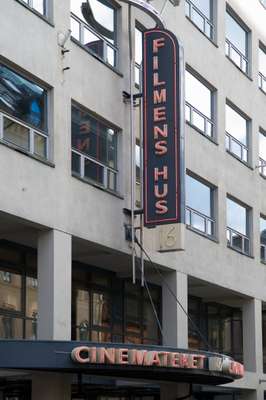
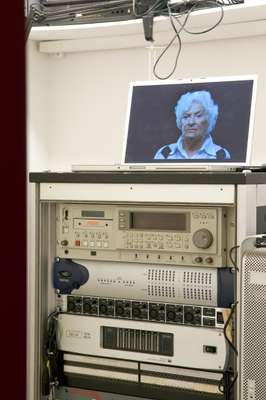
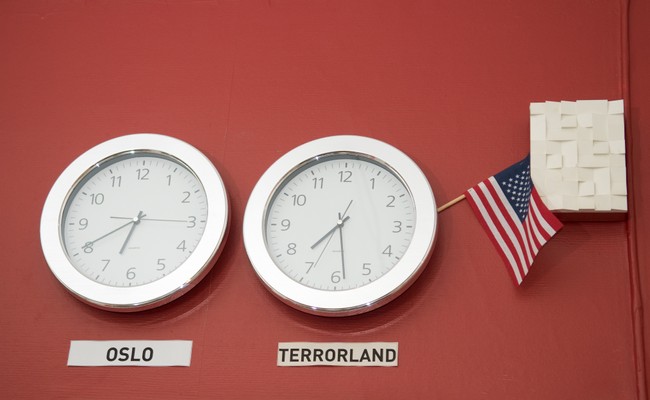
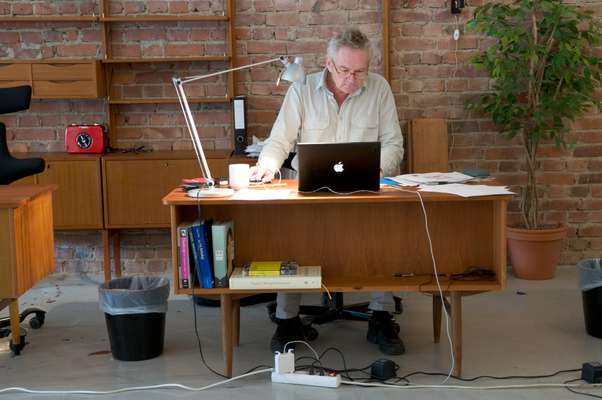
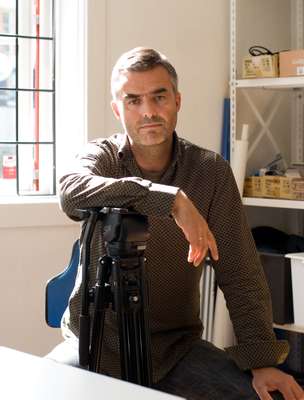
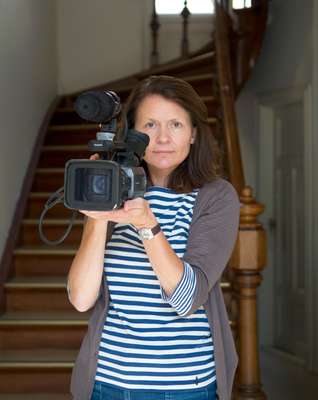


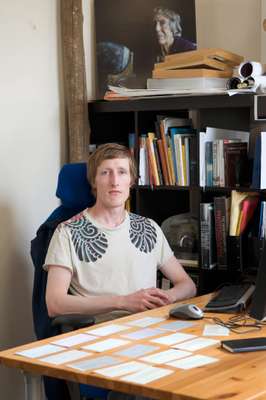
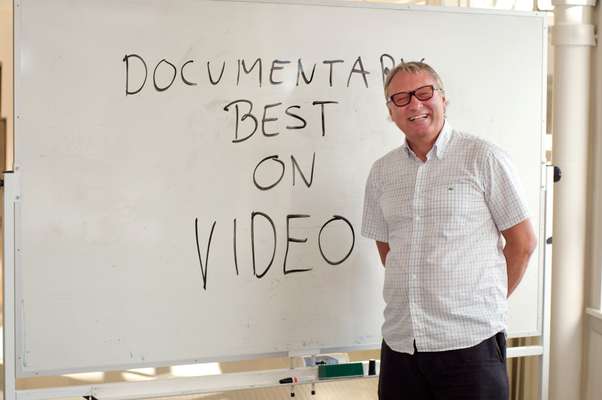



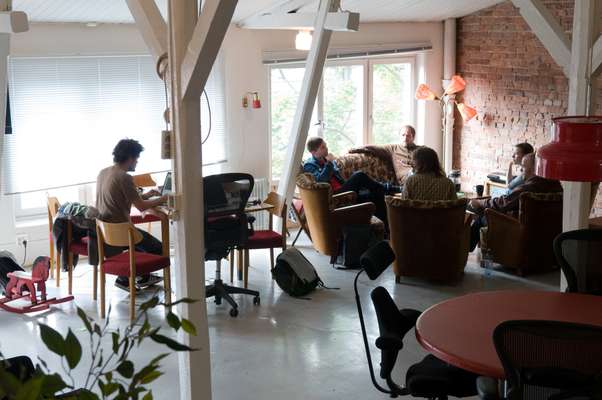


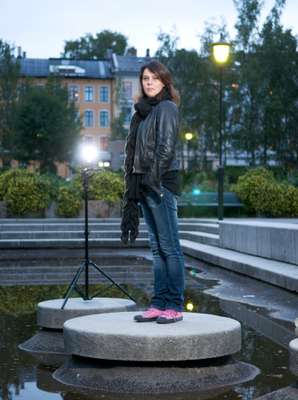
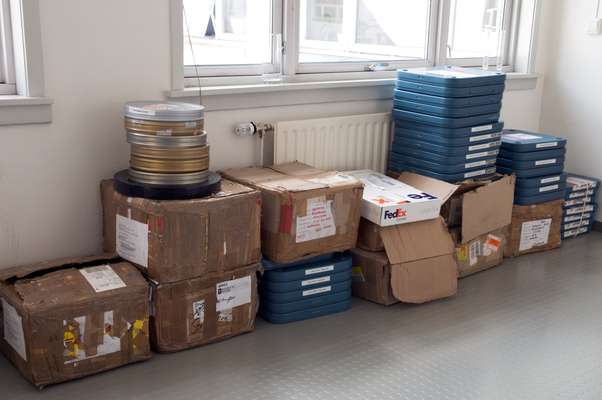
“We didn’t think Cool and Crazy was commercial at all,” says Aslaug Holm, 44, an editor and photographer on that film and now a director with Fenris Film. “We thought it was a very artistic, no-compromise production and when it reached a big audience it was very surprising. It was a story about this small community, a choir of men, but what they did was something universal.”
Now the Norwegian government is putting its money where the talent is. Started in 2007, Nye Veier Til Dokumentarfilm – New Roads To Documentaries – is a scheme that has granted NOK15.4m (€1.7m) (or roughly NOK5m each year) in investment for home-grown documentary. Twenty-two projects are in development, 13 more have received the green light for production and eight films have been finished. “This has given Norwegian directors the chance to do what they really want to do and to develop their own skills, without thinking of being commercial,” says Andersen, who is in charge of deciding which documentaries receive funding. “You can apply for money four times a year. The last time was in April, when we had 160 applications for one quarter. Before that 80 was the peak.” He has his work cut out though. “My least favourite application to open was from a school teacher who filmed a history topic without anything else but the book. How can you recreate what happened 300 years ago with a camcorder?”
Competition will only get fiercer, and Norwegian filmmakers are increasingly looking abroad for co-productions – something that will also help secure leverage for a release on the international market. That’s not to say Norwegians are necessarily more inclined to look abroad for their subject matter. “Our dilemma is this,” says Mats Ektvedt, an editor at Dokument 2, stood above a bustling newsroom at TV2’s office in central Oslo. “If we make programmes and films that have an international focus, they tend to rate less in audience share – in Norway it is a regional focus that is the attraction.” A former news journalist and enthusiastic subscriber to the old adage “show, don’t tell” when instructing the documentary makers he has commissioned, Ektvedt cites as a prime example of home affairs the case of Martine Vik Magnussen, a Norwegian student murdered in Britain this March. The only suspect was able to board a private jet the next day and fly to Yemen, a country the UK has no extradition agreement with. With the working title Martine’s Murder, a documentary on the scandal will be shown on TV2 in October. “It’s a great piece of work, we flew to Britain and to Yemen,” Ektvedt says. And did they track down the suspect? “I’m not going to tell you that,” he says. “You’ll have to watch the programme! But it was a very interesting trip.”
Despite the help of the Norwegian government, funding remains a thorny issue for documentary makers. And with more first-timers getting involved, the competition for the available funds is hot. “You want the truth about documentaries?” says KriStine Ann Skaret, a producer at Medieoperatørene, an edgy young production company that has collected several awards in the last couple of years. “We have been talking about getting into feature films; documentaries are just too hard.” Sigve Endresen, head of Motlys, once the most important production company in Norway, with a raft of 90-minute one-offs for cinema and TV series to their name, recently announced his company was to stop making documentaries, due to impossible overheads. In August, Hilde Skofteland, head of the revered Skofteland Film, said that she might follow suit.
And even as MONOCLE went to press, TV2 announced it was withdrawing Dokument 2’s funding. “The problem with investigative journalism is that it is very high-risk, and there is a recession on,” says Ektvedt, over the phone, this time. “Unfortunately [for ratings] there are not that many torture chambers in basements around the world.” The provisionally titled Martine’s Murder will still be shown, along with a whole new TV2 season of documentaries. “So in the short term, the future is very bright. In the long term, it’s dreadful,” he says.
“A big debate is now running,” says Andersen. “Just when Norwegian documentaries are really heading forwards internationally.” Others are in it for the long haul. “I get mail from all over the world about how my films have changed people’s outlook on things,” says Jan Dalchow, producer of the award-winning USA vs Al-Arian. “That’s extremely heartening in the entertainment world where, more and more, nothing goes into depth.”
Meanwhile, we wondered how Aslaug Holm will possibly follow her last project – two years spent trailing Norwegian Prime Minister Jens Stoltenberg for the acclaimed Oljeberget, as he sought re-election to office. “The answer is to go back to basics,” she says. “And film my own children.” Brothers – which she’ll begin editing in 2010 – is several years in the lives of her sons, 11-year-old Markus and eight-year-old Lucas. “It has been an extraordinary journey of discovery. But what I didn’t expect to have to face when I started was this: as a mother, what am I in the universe? In a sense, who am I?” And that’s a question that forms the basis for any good documentary.
Thomas Østbye of Plymserafin
Representing the new wave, 30-year-old Østbye’s Human – released this March – has won a raft of awards, including Best Short Film, the Film Critics’ Award and the Film Workers Association’s Technical Award at the Norwegian Short Film Festival. A challenging 25-minute work involving a deaf person having sex, someone explaining their facial disfigurement and the director’s grandmother brushing her teeth while dressed in a harlequin sweater, Human asks: “How do we evaluate each other as human beings, based on appearances?” Østbye’s company Plymserafin is based in a fashionably run-down five-floored building in Tverrbakken, Oslo; somewhere that also includes its own costume department, artist-in-residence and screening room. “I am interested in documenting how people behave when they are filmed for documentaries,” Østbye says. “Documenting the documentary process, if you will.”
Norway: a first for digital
Film & Kino represents the interests of Norwegian municipalities in cinema operations and film and video issues. In addition, it serves as the trade association for cinema and video enterprises. This August, Film & Kino announced the world’s first complete national digital roll out with agreements with Twentieth Century Fox, United International Pictures, Walt Disney Studios, Motion Pictures International and Warner Brothers Pictures International. The roll out, beginning in late 2009, will make every cinema in Norway a digital cinema house – making the transportation of bulky film canisters between supplier and picture house a thing of the past. “It’s very exciting,” says Stig Andersen of the Norwegian Film Institute. “With all the big film studios signed up, it’s a remarkable step for a country of such a limited size. It is cinema’s future.”


